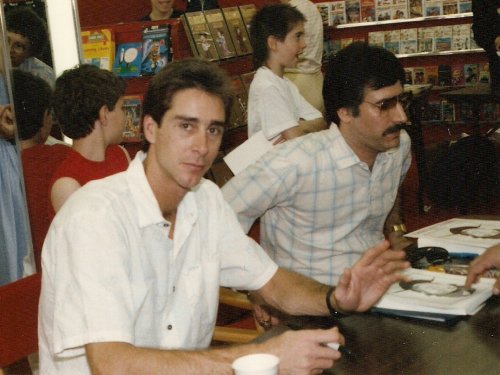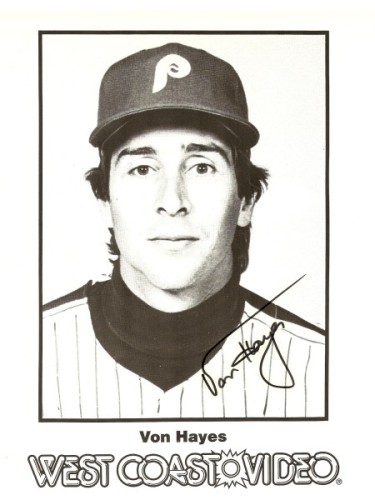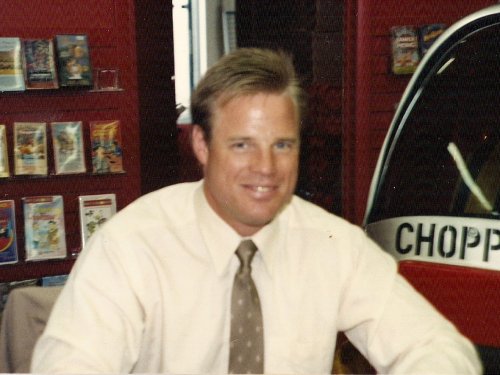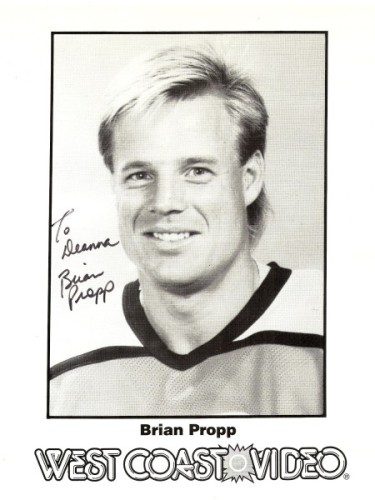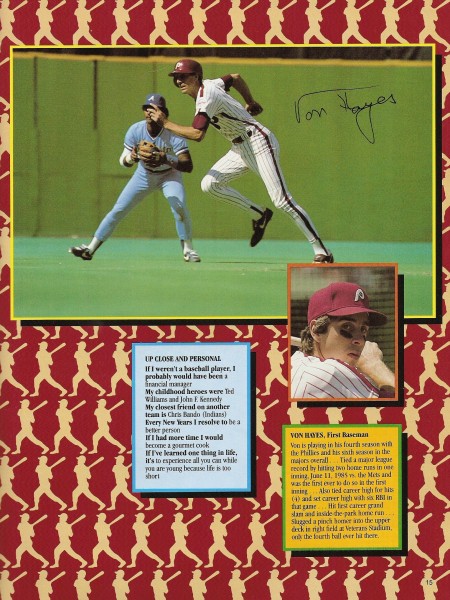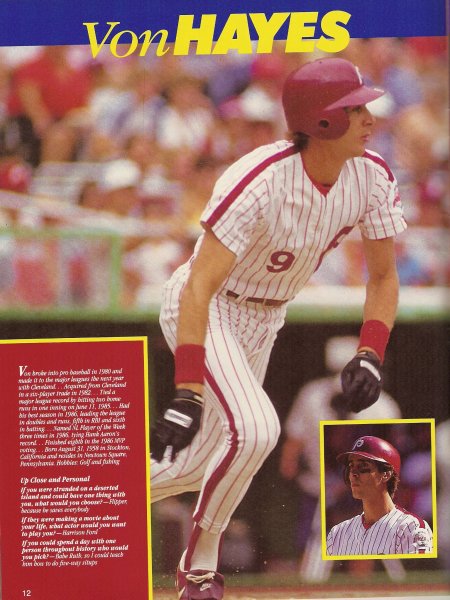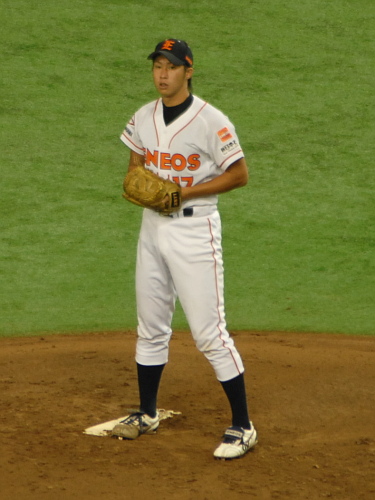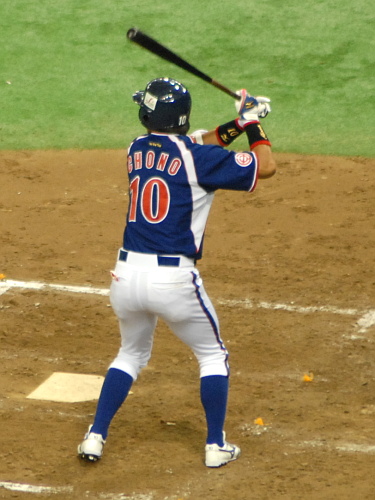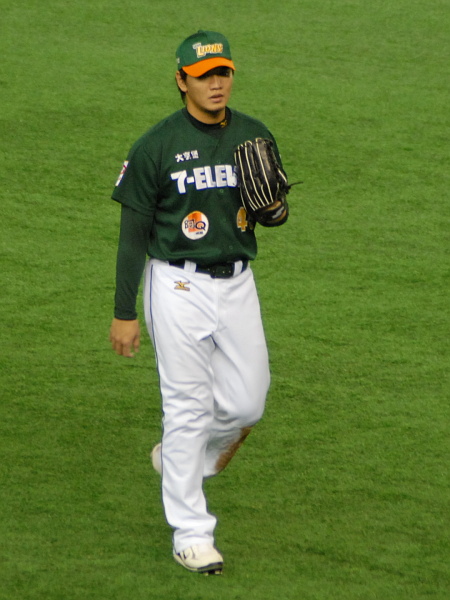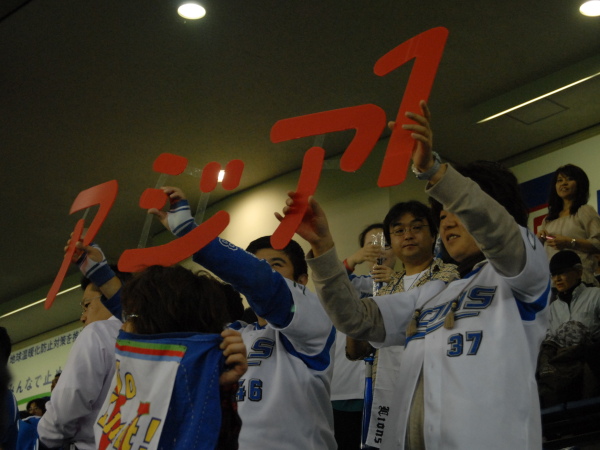I'm getting kind of frustrated when I read misguided blogs who say all kinds of crazy things like "Tazawa comes out of the independent leagues in Japan, the same place where they just drafted a 16-year-old girl".
So, I think I will basically braindump everything I can about all of the leagues in Japan, into a couple of posts. I admit that I'm on a bit of hiatus from baseblogging while I'm back in the US and here in Philly visiting my dad (who only watches football for the most part), and I apologize for that, but I'm really not into the offseason. This is the worst time of the year -- it's cold and there's no baseball. (I'm going to a hockey game tomorrow, but that's another story.)
Anyway. Let's start from the top:
Pro Yakyu -- Central and Pacific LeaguesIf you want Japan's equivalent to the major leagues -- the National and American Leagues -- this is it.
There are 12 pro teams total in Japan, 6 in each league. The Pacific League uses the DH, the Central League does not.
There are no divisions within the leagues -- for playoffs (which started in 2005 in the PL and 2007 in the CL) -- they just take the top 3 teams in each league and have the 2nd and 3rd place teams face off, then the 1st place team plays the winner of that series. Playoffs are still in their infancy, and the format changes every year. Currently it's a best-2-of-3 for the first stage, then a best-4-of-7-but-the-first-place-team-gets-a-1-game-advantage for the second stage, with all games being played at the higher-ranked team's home field. Then the two playoff winners face each other in the Japan Series. It's a mess. But quite exciting.
One major difference between Japanese baseball and the MLB is that tie games are possible. If a game doesn't have a winner after 12 innings, it is over and counted as a tie. To determine rankings, teams calculate based on won-loss percentage without counting the ties.
Unlike in the US, the teams are almost uniformly owned by companies and bear the name of that company instead of a specific locale, although recently teams have been adding their city or prefecture or region's name to their moniker in a way to identify more with the specific region. As of right now, these are the leagues and teams:
Central League
Team City Prefecture Stadium (Year opened)
---- ---- ---------- ---------------------
Yomiuri Giants Tokyo Tokyo Tokyo Dome (1988)
Hanshin Tigers Nishinomiya Hyogo Hanshin Koshien Stadium (1924)
Chunichi Dragons Nagoya Aichi Nagoya Dome (1997)
Hiroshima Toyo Carp Hiroshima Hiroshima Mazda Zoom-Zoom Stadium (2009)
Tokyo Yakult Swallows Tokyo Tokyo Meiji Jingu Stadium (1926)
Yokohama Baystars Yokohama Kanagawa Yokohama Stadium (1978)
Pacific League
Team City Prefecture Stadium
---- ---- ---------- -------
Saitama Seibu Lions Tokorozawa Saitama Seibu Dome (1979)
Orix Buffaloes Osaka Osaka Kyocera Osaka Dome (1997)
Kobe Hyogo Skymark Stadium (1988)
Hokkaido Nippon Ham Fighters Sapporo Hokkaido Sapporo Dome (2001)
Chiba Lotte Marines Chiba Chiba Chiba Marine Stadium (1990)
Tohoku Rakuten Golden Eagles Sendai Miyagi Kleenex Stadium Miyagi (1950)
Fukuoka Softbank Hawks Fukuoka Fukuoka Fukuoka Yahoo! Dome (1993)
I include two stadiums for the Orix Buffaloes because they still play a signficant number of home games at Skymark Stadium. They were formed when the Osaka Kintetsu Buffaloes and Orix Blue Wave were merged prior to the 2005 season. Orix played in Kobe and Kintetsu played in Osaka, so the combined team plays in both. Rakuten was created as a new team at the same time the other teams merged.
The Hanshin Tigers, despite being a symbol for Osaka and the Kansai Region and even having been called the "Osaka Tigers" at a distant point in the past, technically do not actually play in Osaka.
Geographical notesGeographically, many teams are fairly close to Tokyo. Japan has four islands, and Tokyo is the capital city on the biggest island, Honshu. Ten of the teams are based on Honshu as well:
In Tokyo proper: Giants, Swallows
Within an hour of Tokyo by normal train: Baystars, Lions, Marines
About 2 hours from Tokyo by shinkansen: Eagles (north), Dragons (west)
About 3 hours from Tokyo by shinkansen: Tigers, Buffaloes (Osaka area, west)
About 4 hours from Tokyo by shinkansen: Carp
The Hawks are based on Kyushu, which you can get to in 6 hours by shinkansen or 2 hours by plane.
The Fighters are in Hokkaido, which you can get to in something like 26 hours by train, or 2 hours by plane. Needless to say, any road trip for the Fighters generally involves an airport. There's supposed to be a shinkansen to Sapporo eventually, which will take 4 hours from Tokyo, but it's probably not happening for the next, say, 10 years or so.
You will notice that the Pacific League teams are a lot more scattered around the country than the Central League teams.
Japan is a fairly small country, though, and as a result of this, visiting team fans often show up in pretty huge groups.
Every stadium has designated areas for home fans and visiting fans, although depending on the stadium and the particular team, the exact lines might blur. Yomiuri, Hanshin, and Lotte have the fans most notoriously willing to travel and very loudly support their team no matter where they're playing. If you go to a Giants game at the Tokyo Dome, you'll probably be surrounded by orange-towel-waving Giants fans everywhere in the stadium except in the designated visiting team cheering area -- except when they play against the Tigers, when the entire 3rd-base side is in yellow.
If you go to a Baystars game at Koshien, you'll probably be surrounded by yellow-wearing Tigers fans even if you have a "visitor's cheering area" ticket. (Seriously, this happened to me.)
Another stadium note: Pro baseball started in Japan in 1934 when Matsutaro Shoriki founded the Dai Nippon Pro Yakyu Club, subsequently called the Giants. A lot of the current teams started at the end of the 1940's. However, both Koshien and Jingu predate professional baseball by quite a bit. Koshien stadium was built to house the annual nationwide high school baseball tournament, and Meiji Jingu Stadium was built mostly for use by the Tokyo Big Six college league and other college ball clubs.
People often say that the Giants are "Japan's team". This may still be true in that there are plenty of people who are Giants fans because their parents were Giants fans, or because when they were kids the only team they could watch on TV was the Giants. And to be fair, if you only have terrestrial TV, the Giants are the only team that are on TV regularly -- channel 4 shows almost all Giants home games, though they start at 7pm and cut out at 8:54pm, despite the game starting at 6pm.
Despite this, though, there has been a rising "Anti-Giants" sentiment for quite a while, and almost every CL team's cheering group has a "defeat Yomiuri" cheer of one variety of another, some more vehement than others. Also, several parts of Japan which previously didn't have a local team to embrace -- notably the northern areas -- now have their own regional teams either in the form of the Fighters or Eagles in Hokkaido and Tohoku, or the independent BCL teams in the Hokuriku area on the north coast of Japan. (Which I'll get to in another post.) These factors have taken away from the Yomiuri grip on the nation, but the Giants still have a strong hold on the country nonetheless.
Team StructureUnlike the MLB, where every team has a cascade of several minor league farm teams of varying levels of play and who play different length seasons, Japanese pro teams have one farm team. One. That's it.
Because "major-league" often means the MLB, there are a few ways people tend to refer to the split. Often you'll either hear "Top team" and "Farm team", or perhaps "Ichi-gun" and "ni-gun", which literally mean "first troop" and "second troop".
There are a couple of rosters on the team:
1) The 70-man roster, which is everyone currently registered to play baseball for the organization -- top team, farm team, injured players, everybody...
...except it does NOT actually include the ikusei players -- ikusei meaning "instructional" players, sometimes referred to as "taxi squad" players. They are drafted after the normal draft, sign slightly different contracts, are paid very little money relatively, and wear uniform numbers above 100. In order for them to actually play in an ichi-gun game, they have to sign a new contract and be put onto the actual 70-man roster, and onto...
2) The 28-man "registered" player list. When you hear about guys actually being sent up and down to the minors, this is the list they're getting put on or taken off of. The other caveat is that this is the list where the foreign player limit comes into play -- a team can have as many foreigners as they want under contract, sitting on the farm team, but currently, there can't be more than 4 foreigners on the top team's "registered" list, and there can only be 3 pitchers or 3 batters, not 4 of one kind.
(No, there is no "one Asian doesn't count towards the limit" rule. Koreans and Taiwanese are considered foreigners. The non-Japanese Asians on most rosters that don't count towards the limit are because they were drafted out of Japanese high schools or colleges and spent a certain amount of time there. Certain teams might or might not be taking advantage of this rule by signing Taiwanese kids and putting them in Japanese high schools, but that's another story.)
From the 28-man registered list, there is a 25-man list on any given day which is the list of players who can actually be used in that day's game.
If a player gets sent down to the farm ("de-registered"), they can't be called back up for at least 10 days. Of course, there is no lower limit on how long they can be called up to the top team for.
Service TimeService time, in determining when a player becomes an FA, is determined by the amount of time a player spent on the top team roster, so if a guy gets called up literally to start one game and then sent down again, he gets a tiny fraction of time added to his service time. Unlike the MLB where there's this notion of "option years" and such, there is no such thing in the NPB.
If a player is registered for a full season, they get one year service time. If not, 145 days is what counts as a full season, and they add up the total registered time, and when that gets to 145 days, the player gets another full season credited to them. A player becomes a free agent domestically or overseas-eligible after a certain number of years, and that keeps changing. Currently it's 8 years for domestic moves, 9 years for overseas moves.
(If a player is injured and misses service time due to that, there are different provisions for them still getting a full service year, provided they are on the roster for a certain number of days outside of that, and I'm not sure how that works exactly.)
As a note: Foreign players who manage to get 8 years of service time in Japan count as Japanese free agents, and thus do not count against the foreigner limit on the roster. See: Tuffy Rhodes, Alex Ramirez.
So, players go up and down to farm teams. Which leads us into our second set of leagues in Japan, the Eastern and Western Leagues... and I'll continue this from there soon.
Please comment if you can add to this or correct it, as I'm considering it a work in progress.
